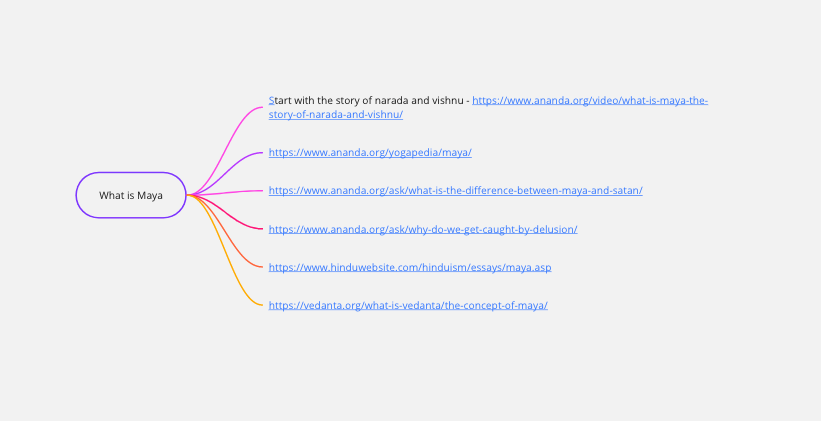A Simple Process to Write 5–7 Articles Every Week

Okay, writers. March sucked for everyone. Views were down and more than a handful of people have noticed that. Perhaps you don’t need me to tell you that.
Don’t worry, I’m not going to propose a reason behind all this. Many people have done that already. You see, I realized long ago that there’s no way success is guaranteed on Medium. Quality or consistency doesn’t guarantee virality, views, comments, or earnings.
It’s not in your control. The only thing your control is your writing. Instead of going crazy about why you’re not getting the results you want, focus on improving yourself. Having the views down has one advantage — you can write shit and no one would notice!
Since I started in June 2020, I’ve published 210+ articles on Medium. (That’s 210+ articles in 300 days). Plus including LinkedIn, my website, and my job as a marketer, I’ve written much more.
For the first few months, I saw nothing. No more than two publications were ready to accept my work. But I knew that the only way to improve is to write more, not less.
We love to debate about what’s more important in writing — quality or quantity. The answer is both. Don’t be sentimental and think of yourself as an “artist.” Yes, you’re an artist. But you need practice. You need to write as much as you can and as good as you can.
Also, remember this — quality increases with quantity up to a certain limit, when it starts to decrease. So if you’ve never written more than 2 articles a week, don’t go crazy trying to write 7. Go slow. With practice, you’ll be able to write better and faster.
You Don’t Need More Willpower or Discipline
People think that writing needs a lot of discipline and willpower to sit down and write. And I agree. There’s a baseline of willpower you need to get out of bed and sit down on your desk.
But you likely have that. And it’s not difficult to get. When you think about scaling your output to go from 2 articles a week to 5 or 7 articles, you need to think in terms of systems.
If I relied on feeling like writing every morning, I’d never write as much. To solve that I established a system that reduced the resistance I felt before hitting the keyboard. Using this simple system, I could write two or three thousand words in the morning even when I was sick. Let me take you through it step-by-step.
Step 1: Ideate
To sleep soundly at night as a writer, you need to know that you have enough things to write about. Sitting in front of a blank screen without knowing what to say is the best way to invite procrastination.
The importance of this point cannot be overstated — have a regular practice of ideation. If you only take one thing from this article, it will be this. I was first introduced to ideation as routine practice by, you guessed it, James Altucher. His idea to write ‘10 ideas a day’ changed my writing and my life.
Do this right now:
Read this book — Become an Idea Machine. (You can find it for free on the vast Internet somewhere 😉). It has 180 topic ideas for you to ideate on every day. Doing it for 6 months will build a solid habit, maybe for life.
Alternatively, you can see James’s list of topic ideas here. Heck, write ten ideas for topics you want to write ideas on. 3–4 times every week, write ten ideas for blog posts (Ayodeji does this every day). At the end of the week, you’ll have 30–40 ideas out of which at least 5 should be good to go.
Once you have lots of ideas, you will never worry about running out. This is the best way to be motivated to write. Writing gets a hundred times easier when you know what you want to write about.
Step 2: Prepare
I used to prepare for the article the night before. I’d write the headings, subheadings, and perhaps some links. The least you should do is write the headline for each one of them. It lays down the foundation of the article so you don’t stare at the blank page every morning.
Once you plan your articles, your brain subconsciously works to order ideas in your head. When you finally sit down to write, you’ll find a part of it already written inside your head.
In the past few months, I’ve taken the practice a step further by making a mind map.
 Screenshot by the author
Screenshot by the author
I use Miro to make all my mind maps. The above is a simple mind map I used to write an article last week.
As you can see, sometimes I just put links in there. Other times, I go as deep as writing down exact sub-subheadings. The more clarity you have the better it is. To write this article, I knew exactly what subheadings I’ve to use. Thus, it’s just flowing from my fingers without any resistance.
Writing to think is fine, but it’s not efficient. If you start without a plan, halfway through you may need to restructure it completely or have narrative issues. That’s not the best use of your time.
Having a mind map makes sure that one idea flows into the other seamlessly. It’s easy to write and easy to read. Keep your writing simple because life is already too complex for all of us.
Step 3: Write
Now comes the main part. Once you have the idea and a basic structure, sit down and crank it out! This should not be a problem since you’ve done a lot of heavy lifting already.
However, I have a few suggestions that can make this step easy for you.
Use my favorite writing tool:
Cold turkey writer just might be the toughest app-blocking software on the Internet. It turns your computer into a typewriter. You set a word or a time goal for yourself and start writing.
Until you reach that goal, you cannot do anything else on your computer. I recommend using a word-based goal since you can always avoid a time-based goal by just leaving the computer and returning after some time.
When you force yourself to write:
-
You don’t stop for research and break your flow. You know what they say, writers don’t procrastinate, they just research.
-
You get a distraction-free environment. There’s no copy-pasting, no formatting, and no multiple tabs staring you in the face. It’s just you and the words.
My friends have used this strategy and could come out on the other side with a draft in 30 minutes when it took them upwards of 2 hours to write one.
It’s the best concentration-training, flow-inducing tool I’ve found. If you struggle with willpower, just open up CT writer, set a word goal, and do your future self a favor by getting those words out.
Touch Type
If you have to hit backspace every 2 seconds, you stop your mind from flowing freely. Once you get into a flow, try your best to never break it. Building momentum is a pain in the rear.
Mel magazine found that an average worker types around 3,500 words a day including email, code, IMs, etc at a speed of 38–45 WPM. Assuming a five-day workweek, 20 workdays per month, and 250 workdays, a year, with an average speed of 40 WPM, going to 70 WPM will save you one whole week every year!
I used Keybr to get to 90 WPM in 2–4 weeks of practice, only ten minutes a day. Mind you, it will make you slower initially. But when you get used to it, you’ll reach a new typing speed that’ll be inconceivable.
Step 4: Edit
Specific suggestions for editing are for another time. What I will tell you is that editing involves a lot of things — checking links, images, formatting, CTAs, grammatical issues, flow, and so on. To avoid getting lost, use a simple checklist of all the things you need to take care of. Here are a few top-of-the-head examples.
-
Edit for flow. Try using new, meaningful words when possible.
-
Run it through Hemingway
-
Add a CTA
-
Capitalize titles and subtitles
-
Use prevalent copywriting techniques wherever necessary
-
Use a headline analyzer
-
“Am I promising something in a headline and then delivering on it?”
-
Cross-linking posts if relevant
-
Add tags
Whenever you learn something new about editing, add it to your checklist to ensure you won’t miss it. In conclusion, to edit faster, use a checklist.
How I Do It
Here’s how I put the system into practice. I have a running list of ideas that I can choose from. Every weekend (preferably), I choose 5–7 ideas and make mind maps. This helps me separate research from writing. Then every weekday, I get up, choose one of them and start writing.
Depending upon how my weekend looks, I either edit the articles during the evenings on weekdays or leave them entirely for the weekend. Then on Sunday evening, I research for another 5 topics, and the cycle repeats.
There you go. No rocket science. No extraordinary willpower. Just the power of habit and systems.
Medium can be intimidating for new writers. You show up, publish a few pieces and then see the likes of Tim Denning writing 10 articles a week. You feel you can never do that. I felt that too.
But you can. Gradually, by building a system and following it, you can be the most prolific writer the world has ever seen. You can build a huge backlog in a few months. You can get serious results soon if you rely on a system to deliver consistent value.
Now, what are you waiting for? You have everything you need. If you want to be a writer, go write.